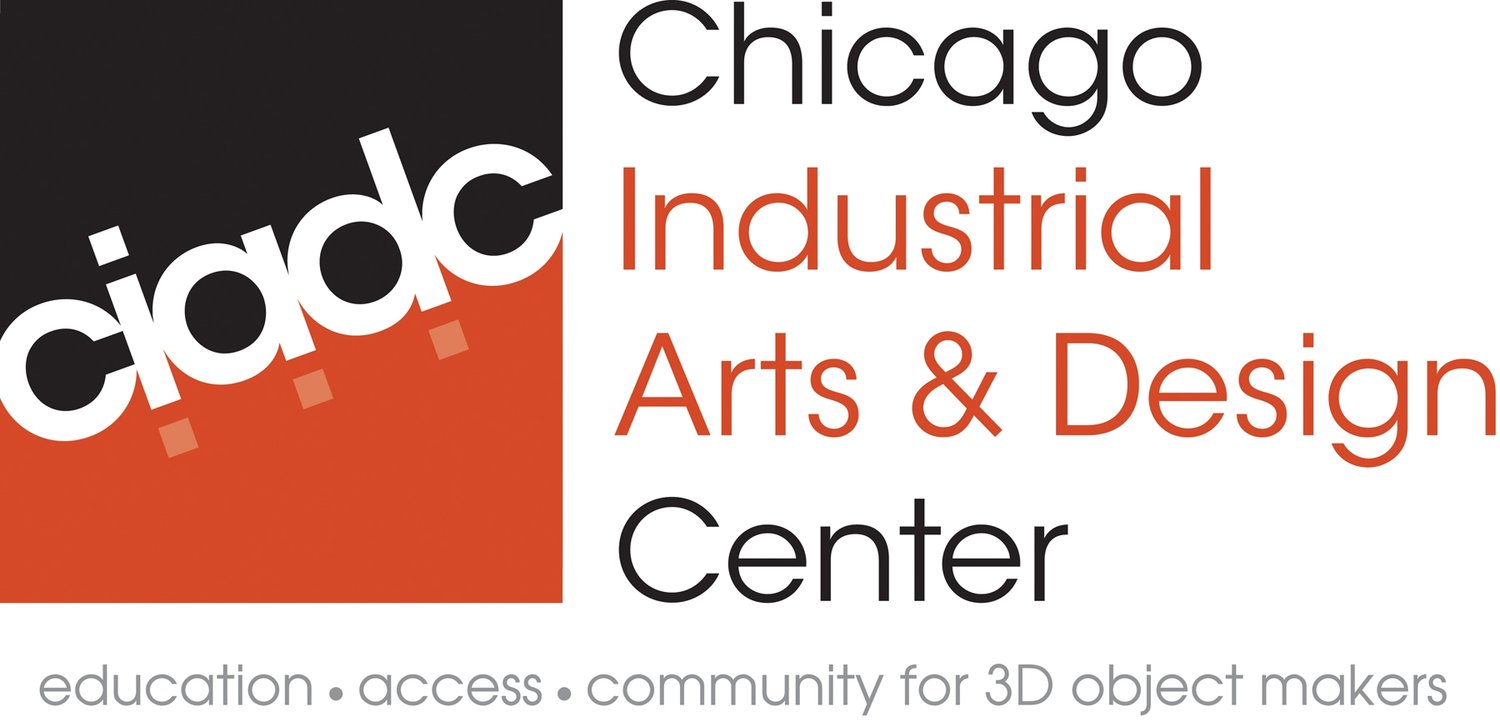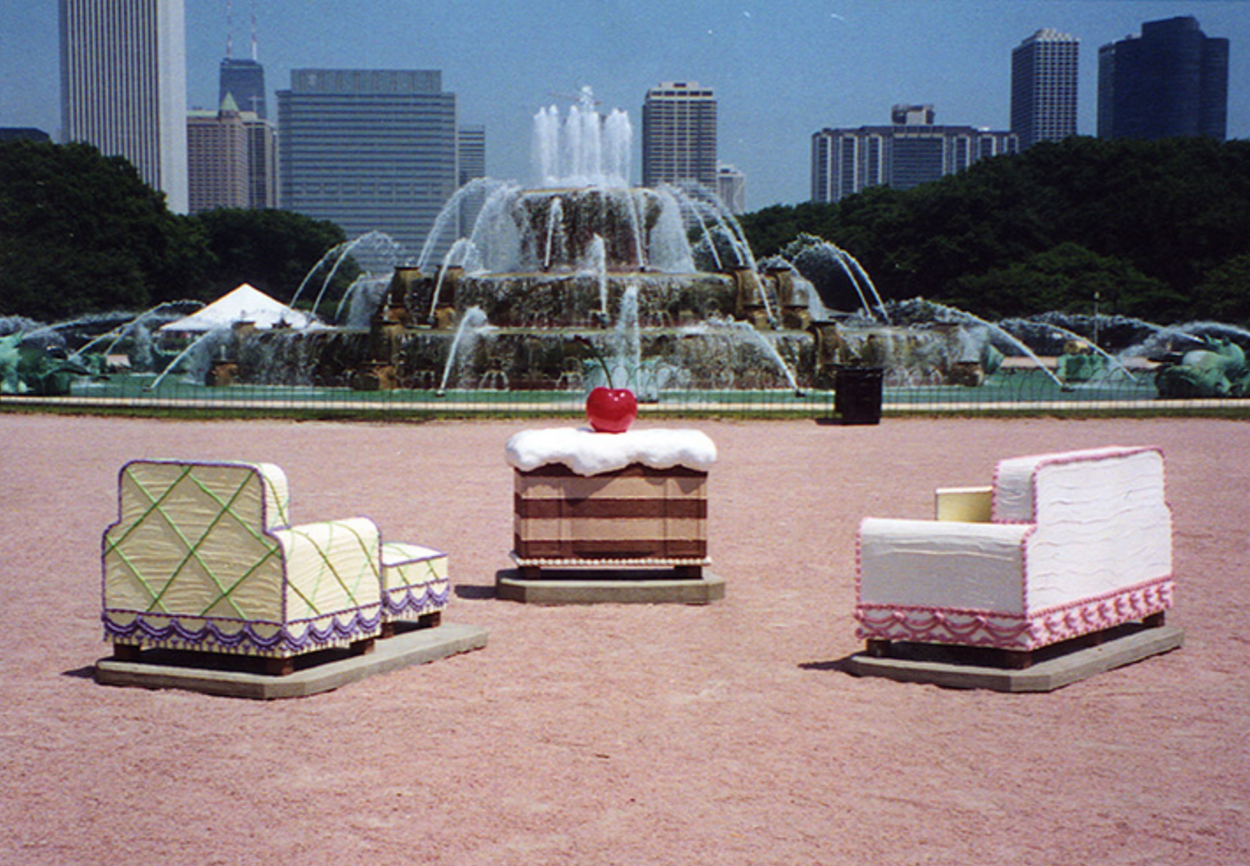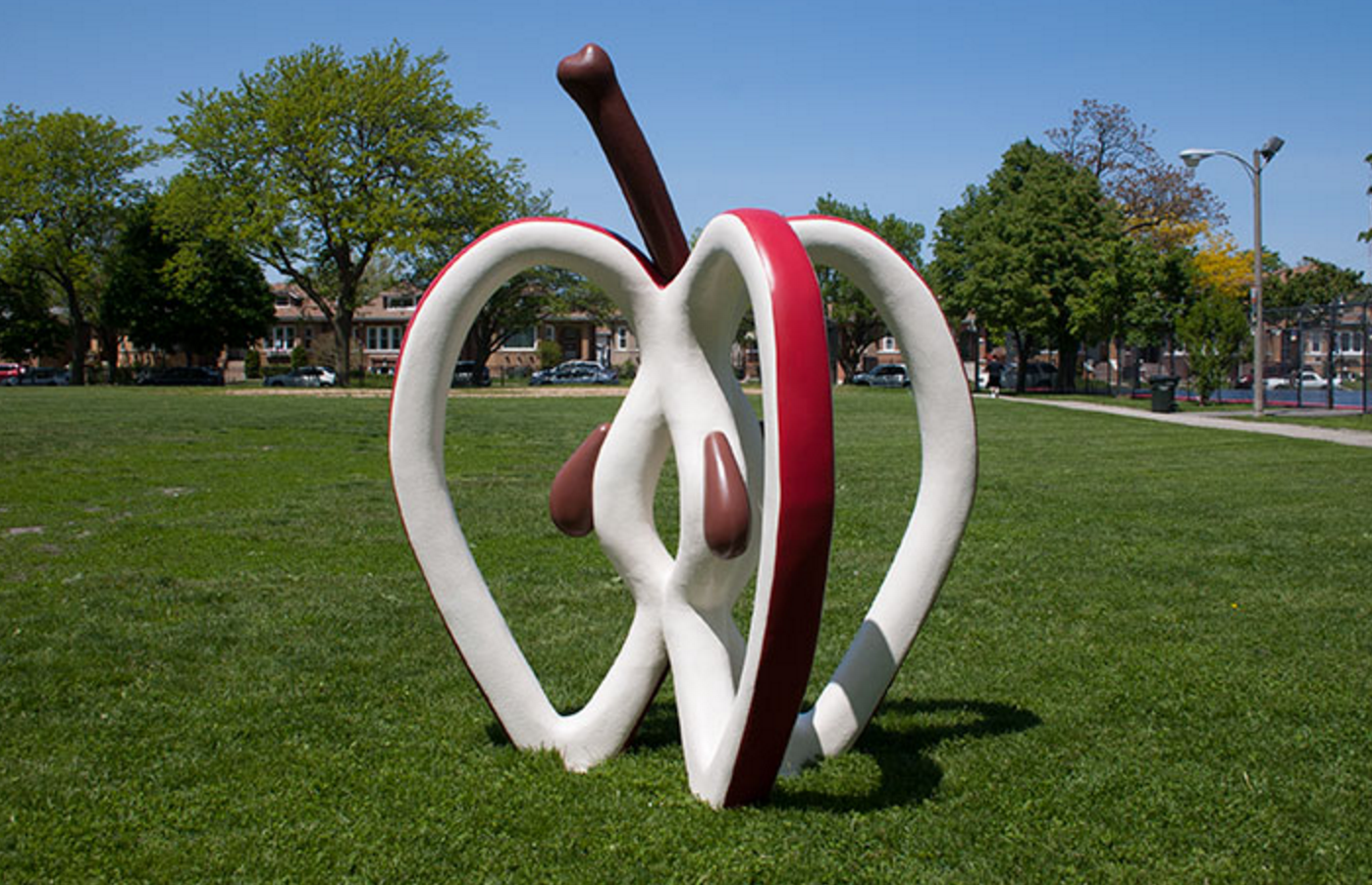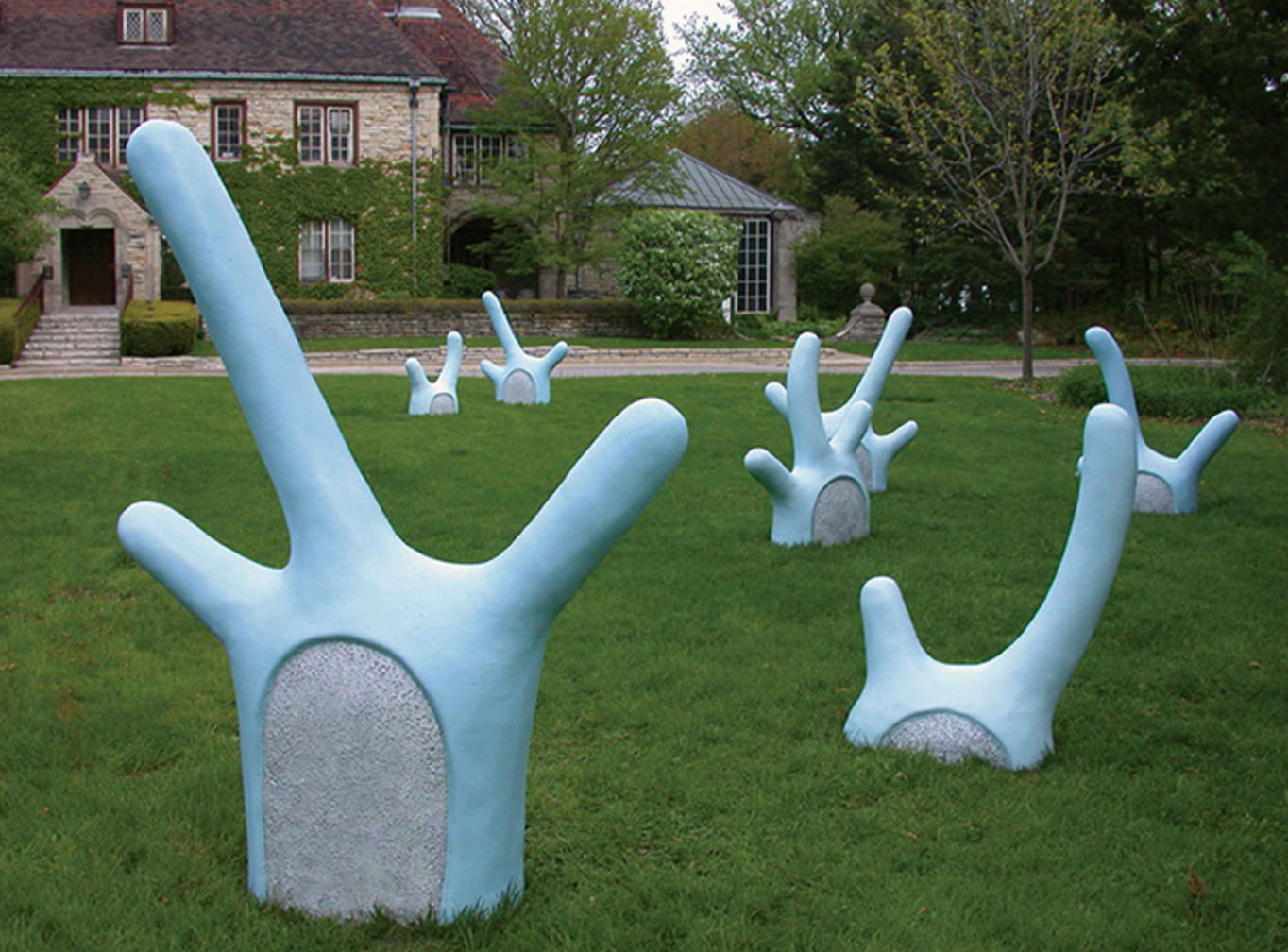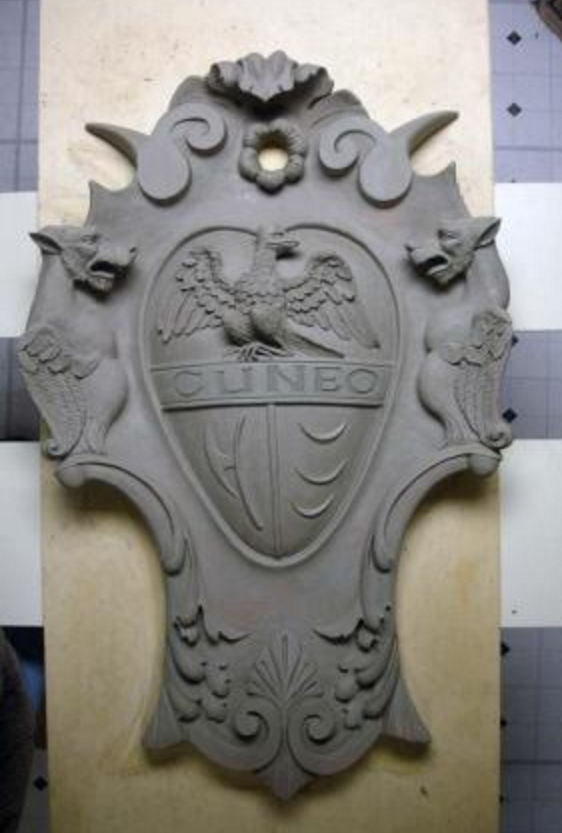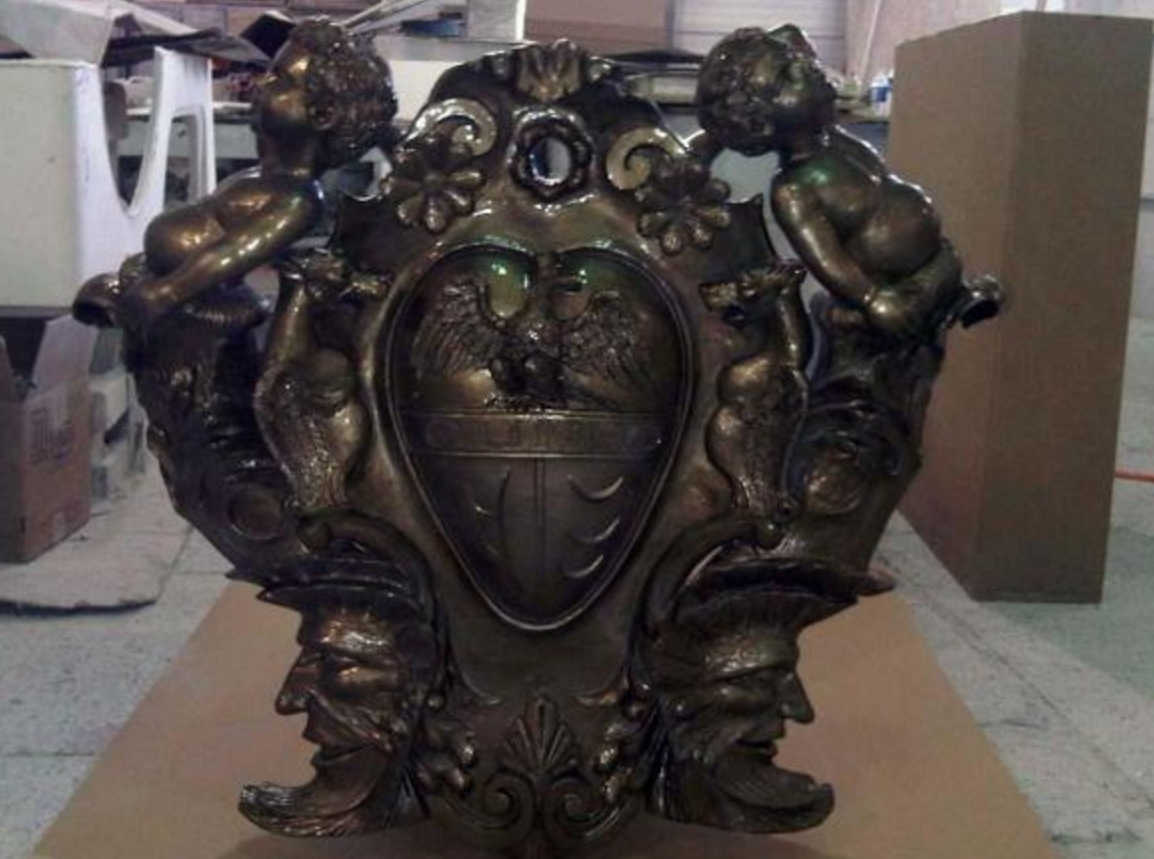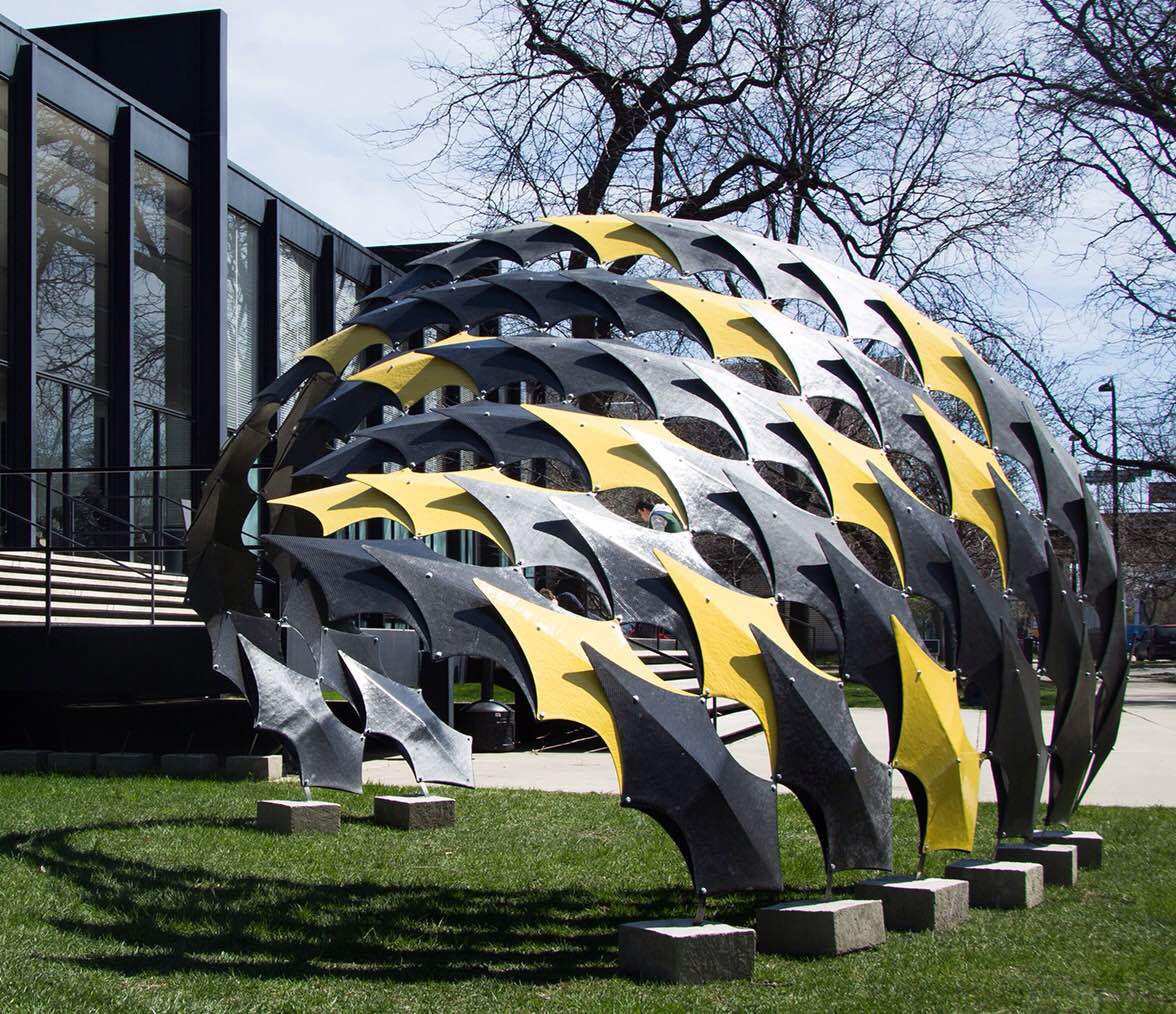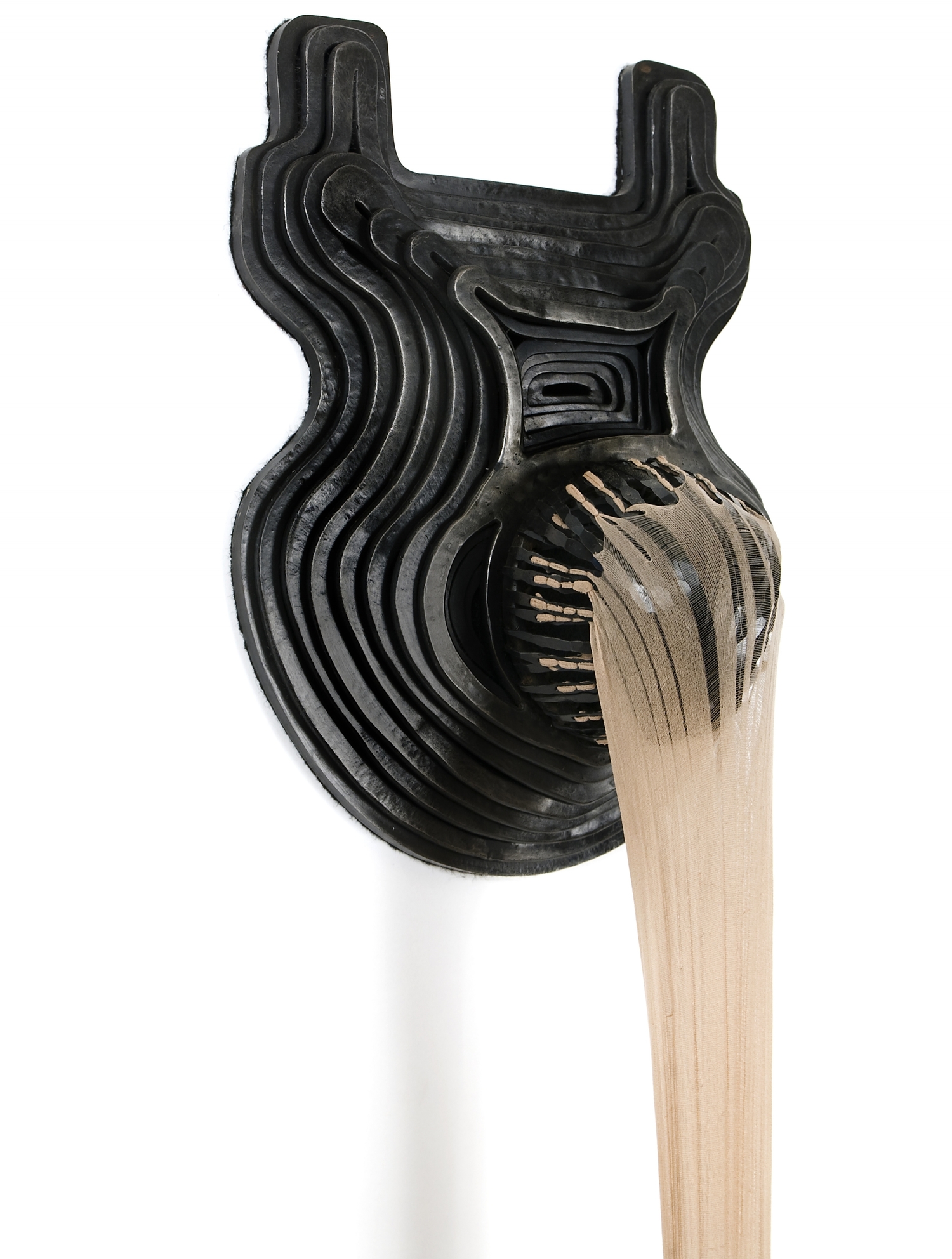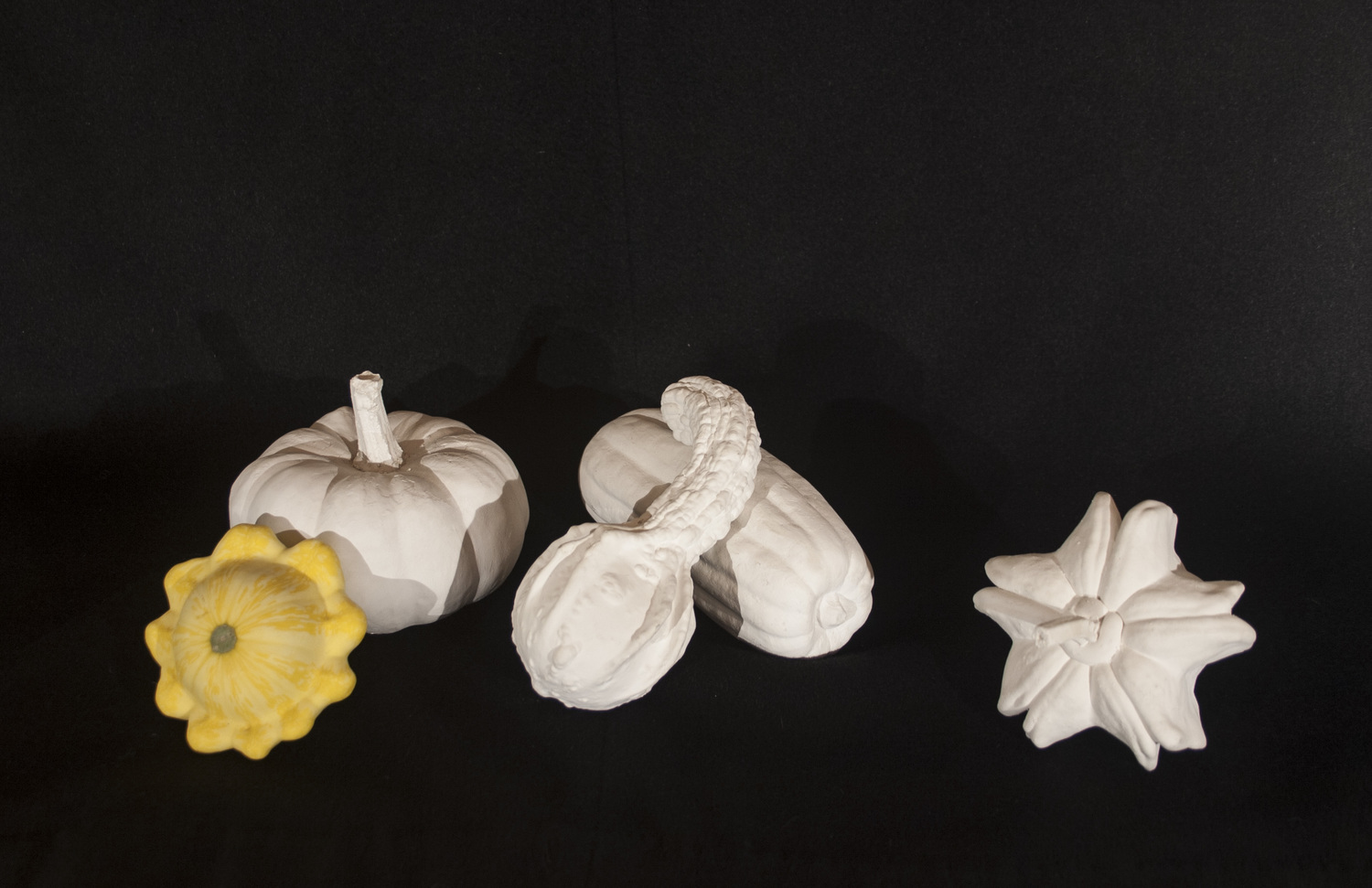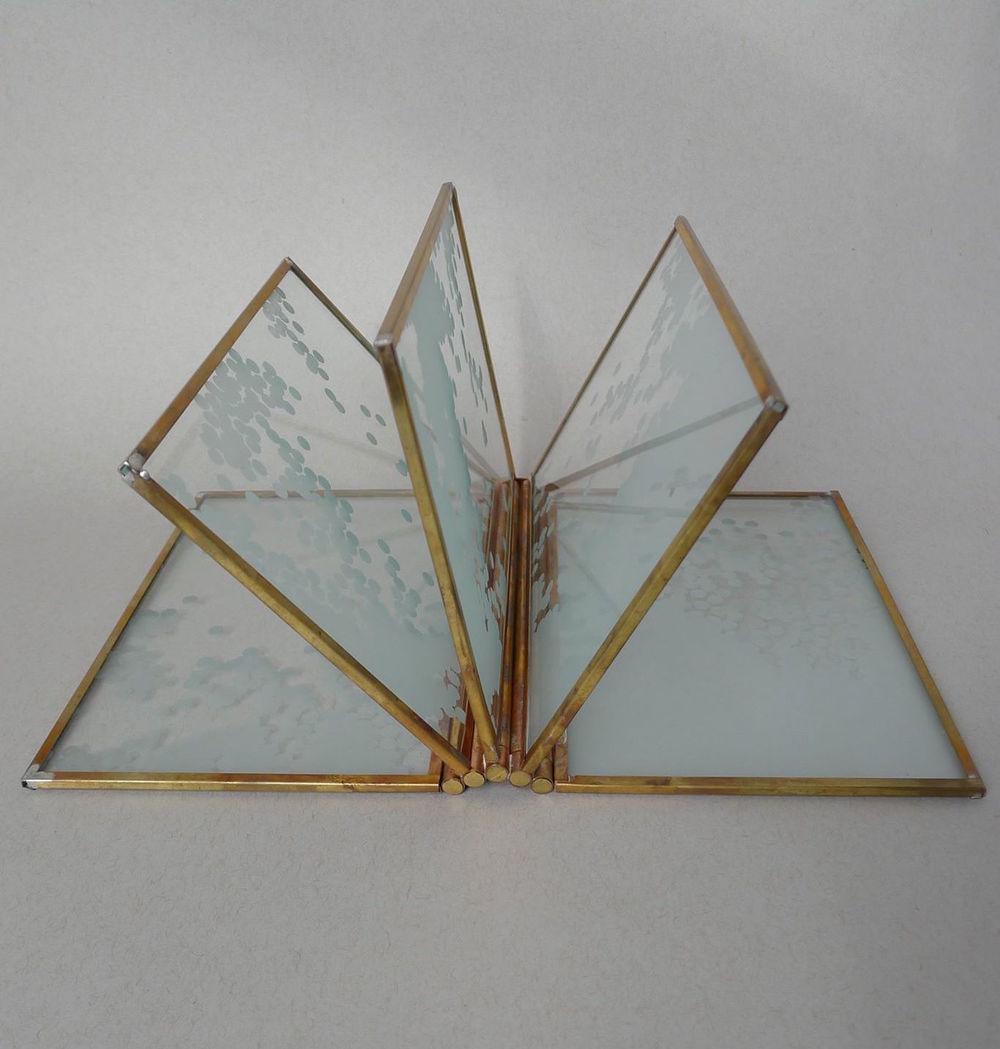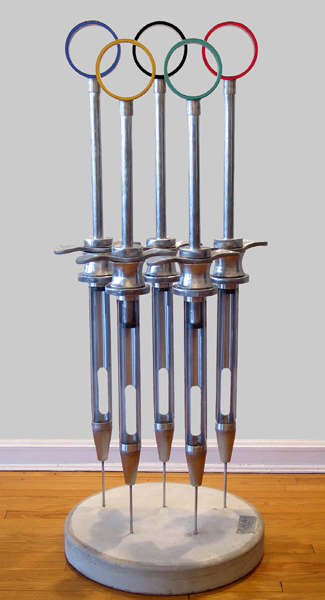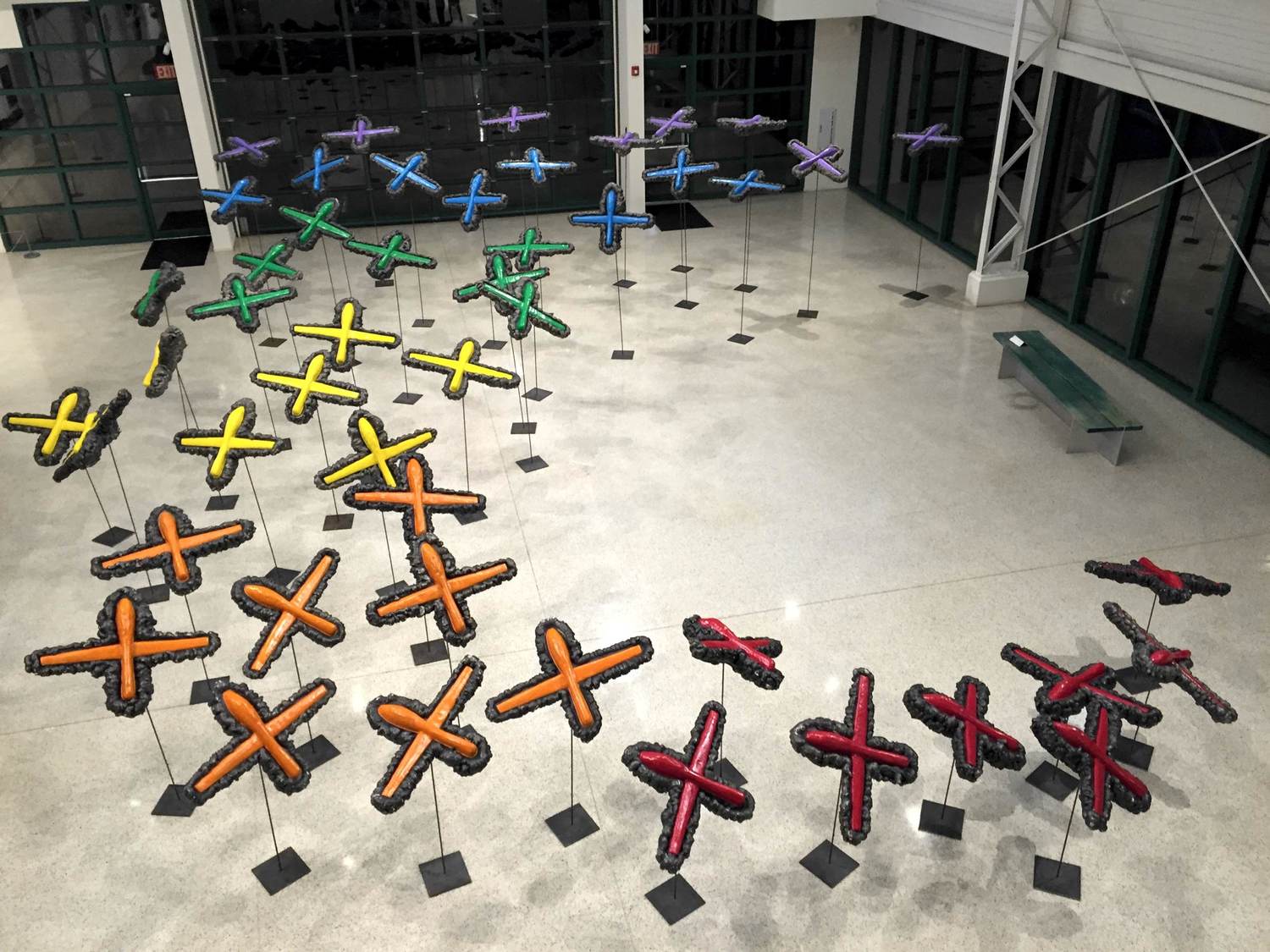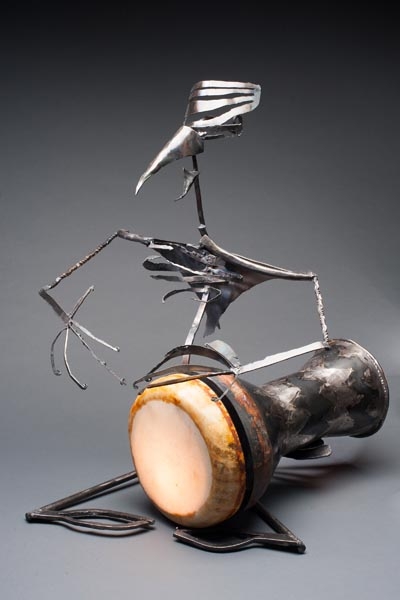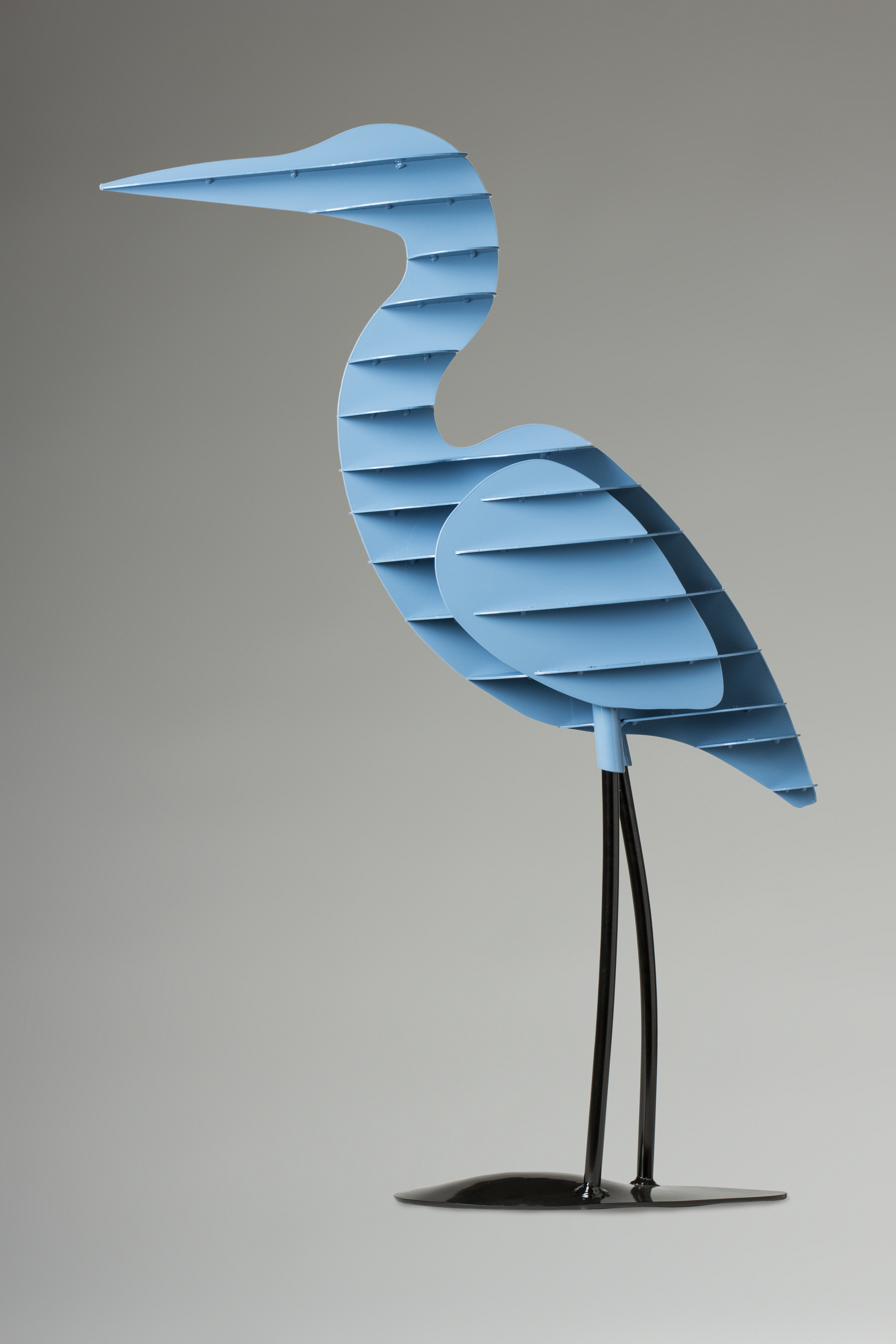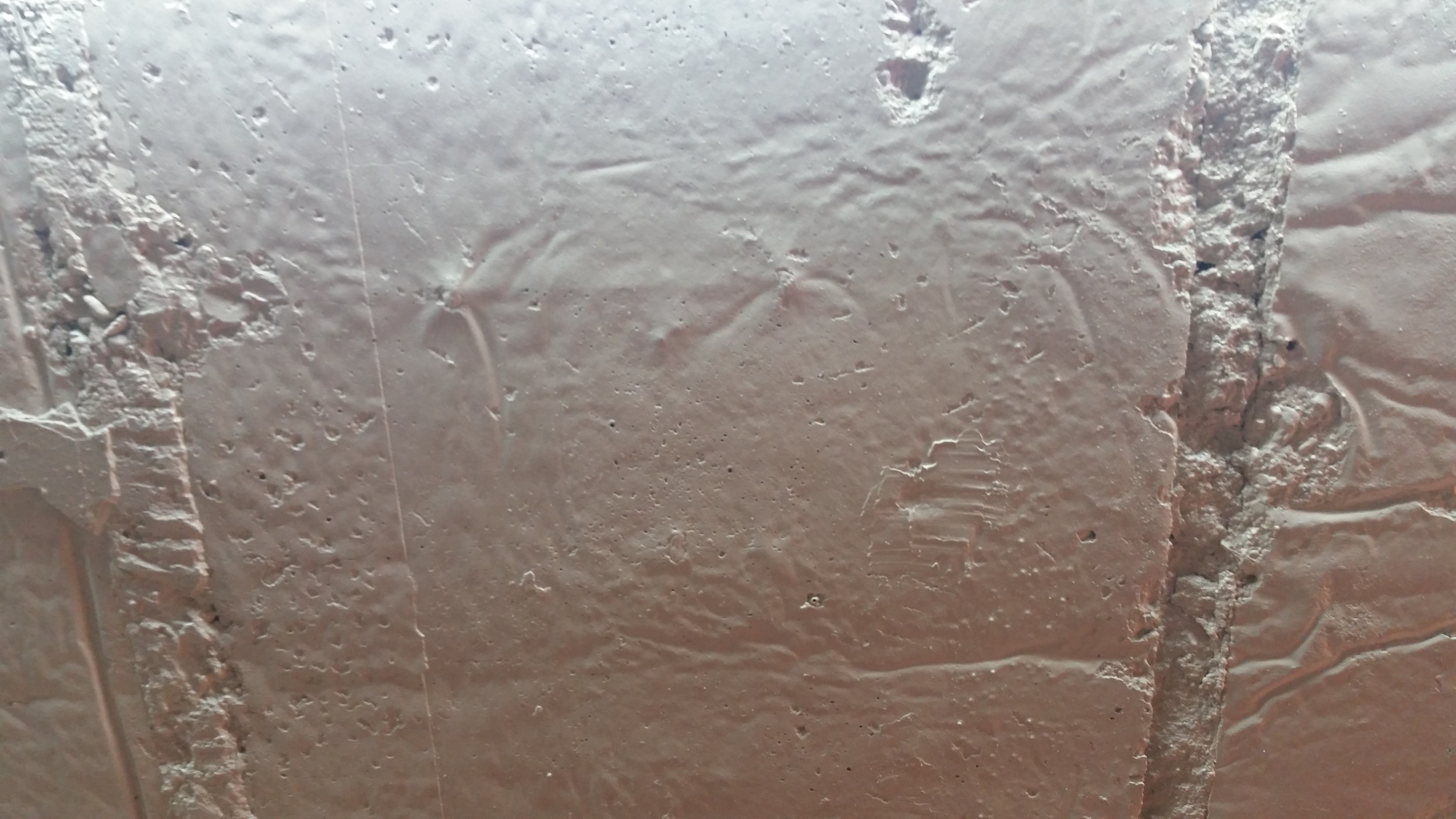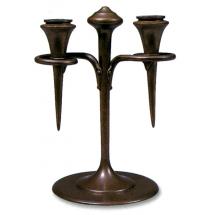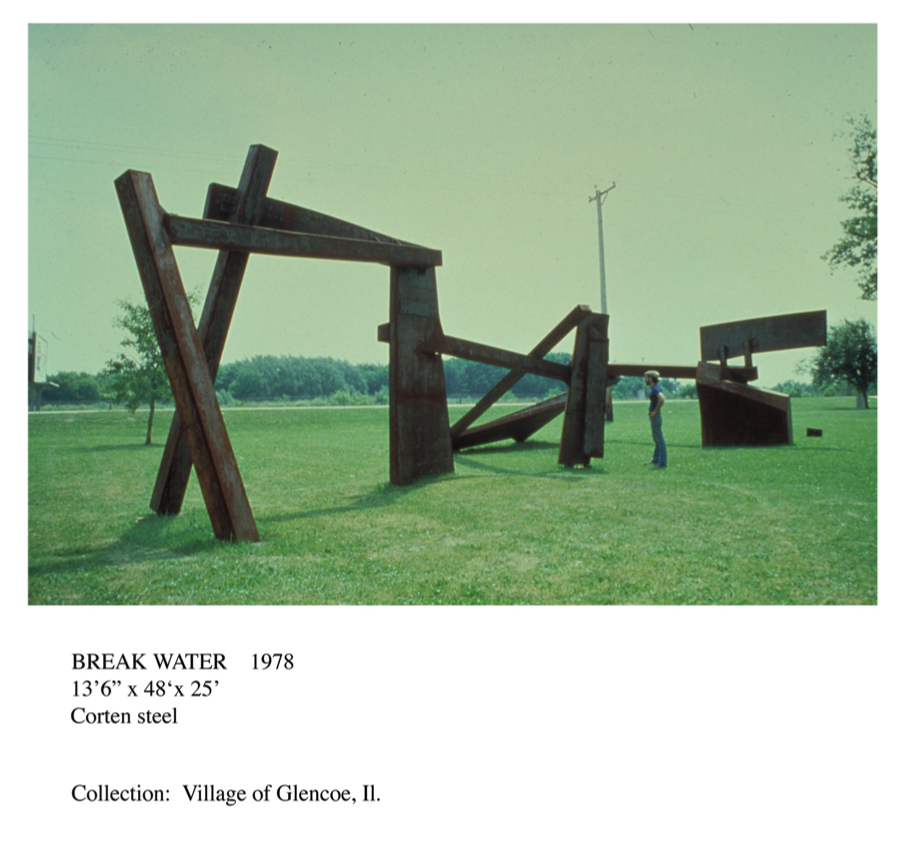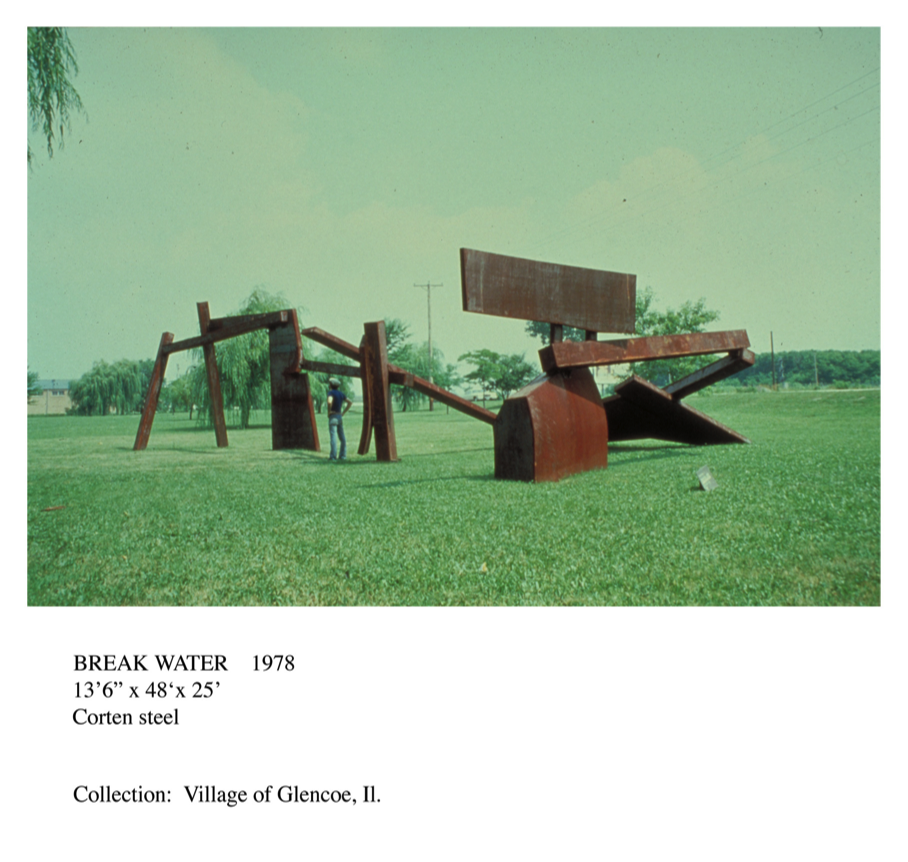Join us for Blueprints – opening from 4-6 PM – featuring works by by Aushra Abouzeid, Omer Abramson, Megan Amal, Silvia Amancei and Bogdan Armanu, Gwyneth Anderson, Krista Anderson, Janet Austin, Alan Baker, Bruce Church with Jessica Feith and Laura Miracle, Katarina Balunova, Simon Belleau, George Berlin, Leana Beukema, Jessica Bingham, Mike Blissett, Tyler Bohm, Madeleine Virginia Brown, Michael D. Brown, Peter Burgess, Kelly Burns, Harald Busch, Nicola Buttari, Karen Y. Chan, Marvin Chan, Julietta Cheung, Laura Christman, Collabobo, Derek Conde, Alicia Craft, David Craft, David Curry, Vadim Dadiomov, Carolina Fernandez Del Dago, Stephanie Delgado of Golder Robotics, Leigh Anthony Dehaney, Abdoul-Ganiou Dermani, Gary Duehr, Walter Early, Taylor Ervin, Danielle Euer, Adam Farcus, Leah Floyd and Cristina Molina, Brent Fogt, Traci Fowler, Anton Fromm and Philip Modest Schambelan, Snow Yunxue Fu, Florian Gassmann, Alexander Gregory, Shahira Hammad, Nick Fury, Yhelena Hall, Kelsey Quinn Harrison, Erin Hayden, Sylvie Hayes-Wallace, Liam Herne, Mauricio Herrero, Ruth Hodgins, Cynthia Hsieh, Will Hurt, Sarra Jahedi, Kara Johnson, Mark Johnson, Vincent Johnson, Jonathan Kaiser, Yvette Kaiser Smith, Heidi Kao, Jared Kelley, Dave Kennedy, Joshua Kent, Juneer Kibria, Natalie Kling, Thomas Kong, Beata Kozlowska, Craig Kraft, Dorothy Krakauer and Diane Ponder, Zuzana Krizalkovicova, Gabrielle Kroese, Allison Lacher and Jeff Robinson, Beatriz Ledesma, Léon XLVII, Laurie LeBreton, Sarah Lu, David MacDiarmid, Kera MacKenzie and Robert MacKenzie, Deepa Mahajan, Srinivas Mangipudi, Nathan Margoni, Alexander Martin, Matt Martin, Nathan Masse, Emily McCormick, Shannon McFerrin, Timothy McMullen, Vanja Mervič, Donald Morgan, Martha Morimoto, Greg Mowery, Emanuele Napolitano, Jamie Naqvi, Erik Newman, Liam O'Connor, Andre Pace, Julia Paloma, Will Pergl, Klaus Pinter, Tim Porter, Martin Pranga, Dylan Puddu, Jason Ramey, Alice Raymond, Mark Reamy, Maddie Reyna, Carly Ries, Cole Robertson, Matt Runfola, Dominic Sansone, Mihaela Savu, Emily Schulert, Eva Mae Sedjo, Luke Gerard Shemroske, Christopher Shoup, Madhuri Shukla, Larry Shure, Jean Smith, Nathan Smith and Kristin Abhalter, Sanaz Sohrabi, Elena Solomon, Rebecca Spangenthal, Nectarios Stamatopoulos, Marc Sullivan, Morgan Teel, Ruby Thorkelson, Penelope Thrasher, Dunja Trutin, Betsy Vandercook, James Villalpando, Charles Vitous, Angelina Voskopoulos, Daria Wawrzkiewicz, Julie Weber, Sara Willadsen, Chris Wille, Gary Wiseman, Giuseppe Zanoni, Nick Van Zanten, and others.
